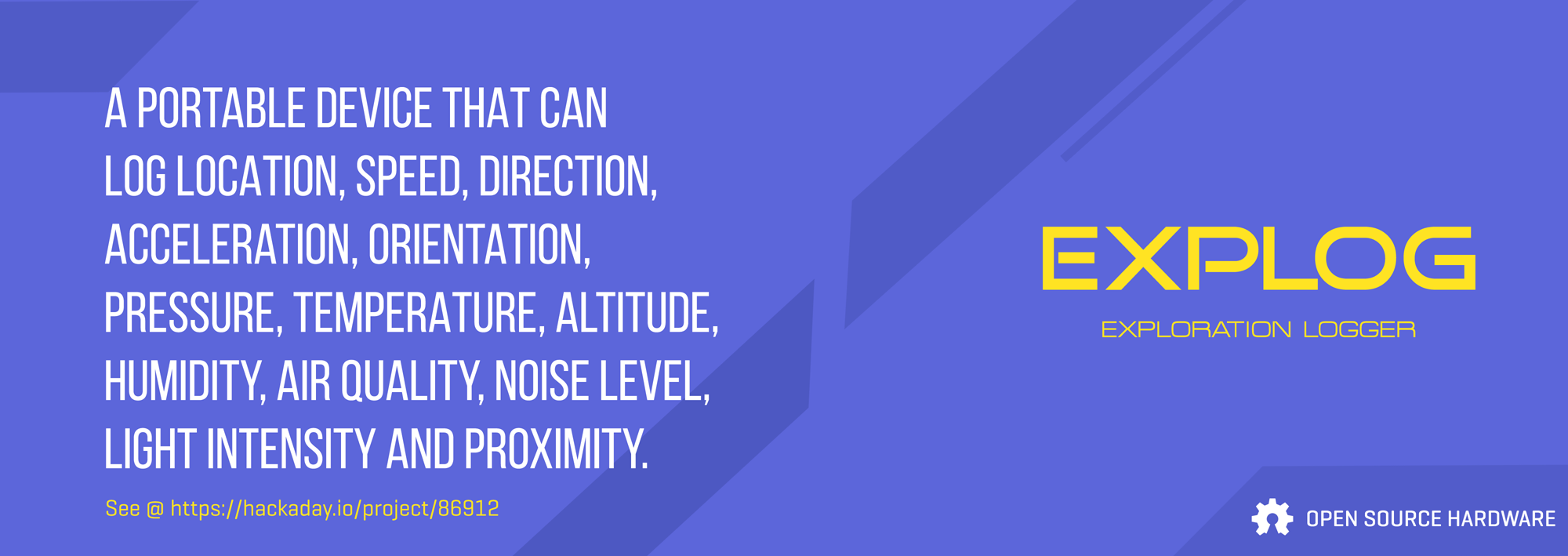
[This is the description page of current state of EXPLOG project. This will be updated occasionally. So please keep an eye on the logs to know what happens when.]
EXPLOG stands for "Exploration Logger". It is an opensource device that can log a variety of navigation, weather and kinematic parameters very precisely. It is a modular, multi-purpose and multi-sensor device that is available in many form factors. It's nothing groundbreaking or cutting edge, but simply a device that integrates widely available embedded sensors in a single portable form factor. This is helpful when you're exploring new places and go hiking. You may already have GPS on your phone, or an altimeter on your watch. But why can't we have a single, device that can fulfill every data logging requirement we need ? You could be exploring a forest, some mountains or a tribal village for your thesis. Or you'd using a drone or a wheeled robot to explore a place that you normally can't access such as a disaster struck place. In any such situations, having a device that can show you everything from temperature, pressure, your current altitude to your GPS location could become really handy. EXPLOG tries to accomplish that. There are three form-factors EXLPOG will be available,
- EXPLOG Standard - A handheld version with high capacity 18650 Li-Ion cells and TFT/monochrome LCD.
- EXPLOG Mini - Smaller version which is a self-powered, detachable module that can be attached to your robot or drone.
- EXPLOG Black Box - A compact module without a display but all the rest of the features.
Features
- High sensitivity unassisted GPS.
- Geo-location alarm.
- Ambient temperature measurement.
- Pressure and altitude measurements.
- Humidity measurement.
- Air quality measurement (particulates and other gases)
- Ambient noise level measurement.
- Light intensity measurement (Visible, IR and UV)
- IR Proximity measurement.
- Compass/Magnetometer for navigation.
- Orientation and acceleration sensing with Gyro and Accelerometer.
- microSD card support.
- WiFi and Bluetooth connectivity with ESP32.
- Remote data sharing and acquisition through LoRa transceiver module.
- Li-Ion cells (3.3V operation and 6000 mAh capacity for standard version)
- TFT/Monochrome LCD.
- USB connectivity.
- External I2C and SPI interfaces.
Application Areas
- Scientific Research - this all-in-one embedded sensor package lets you collect climate information with accurate time and geographical location.
- Sports and Fitness- lets you collect sports performance data for real-time and post analysis. EXPLOG will be a persistent companion throughout your expedition, recording everything on your path without troubling you.
- Robotics - being modular and power redundant makes EXPLOG a suitable addition for remotely operated robots and drones. It is easier and convenient to use a standalone sensor module than to integrate everything onto the robot itself. Data from EXPLOG can be shared to the robot controller in real-time.
- Security and Surveillance - when you open the door to your room, a sudden pressure change happens. Together with noise level and proximity measurement, you can detect intrusions at homes or offices. EXPLOG can notify you in such events over internet connected through WiFi.
- Weather Forecasting - sudden variations in pressure and humidity could be an indication of an imminent storm. EXPLOG can monitor these and warn you, which makes it your personal weather station.
- Agriculture - lets you monitor and log climate conditions of your greenhouse or farm. EXPLOG can be programmed to notify you in case of any abnormalities.
 Vishnu Mohanan
Vishnu Mohanan
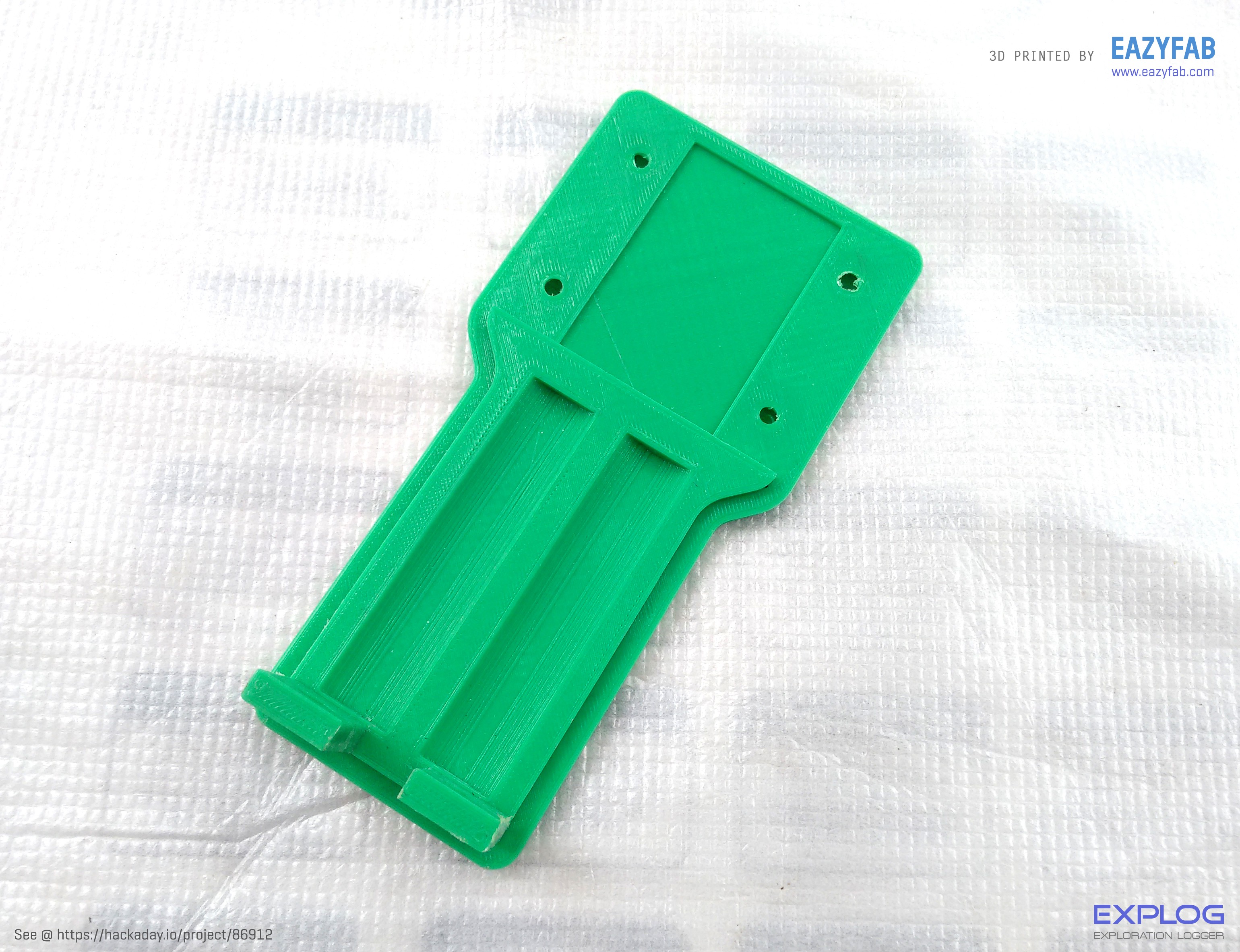
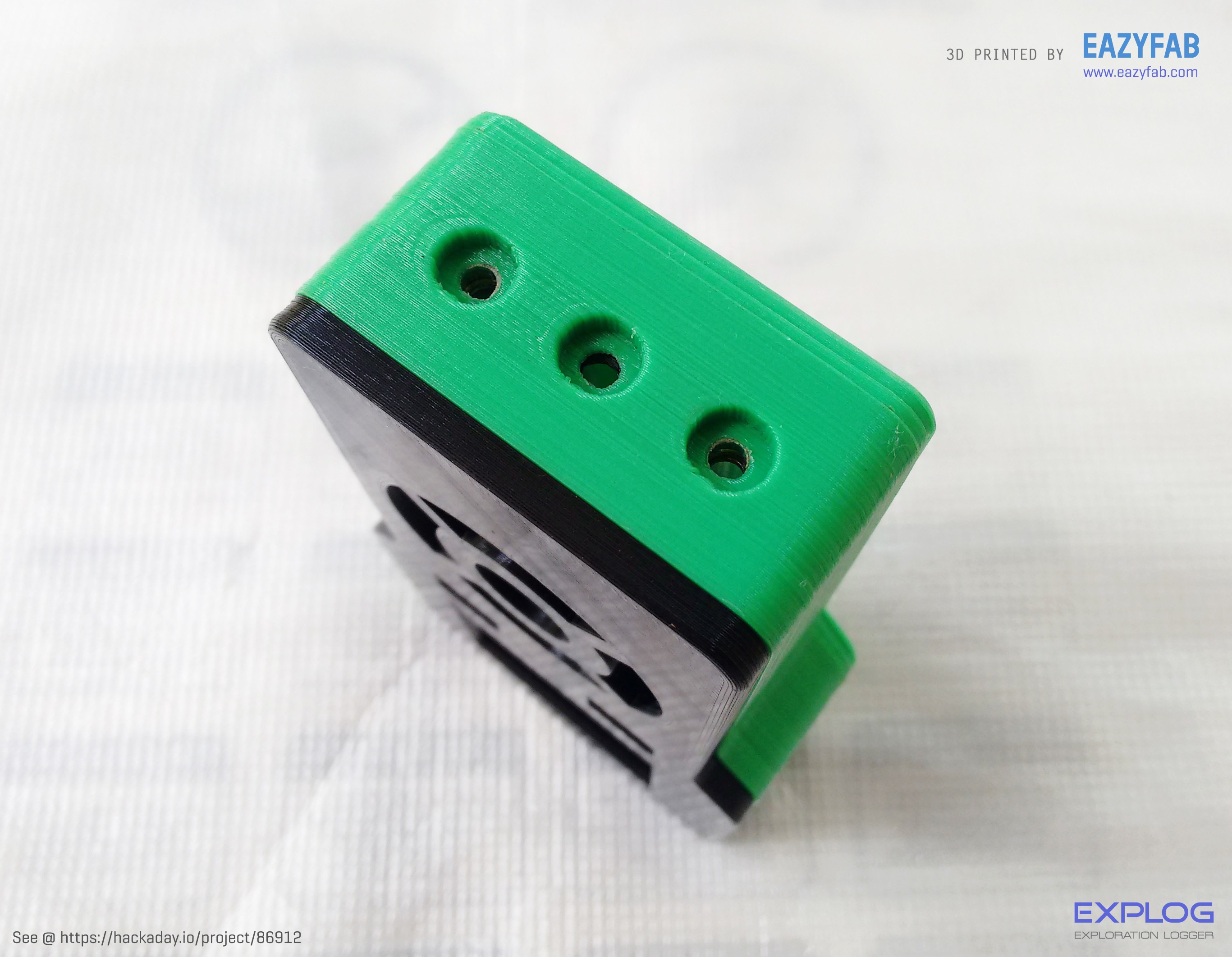
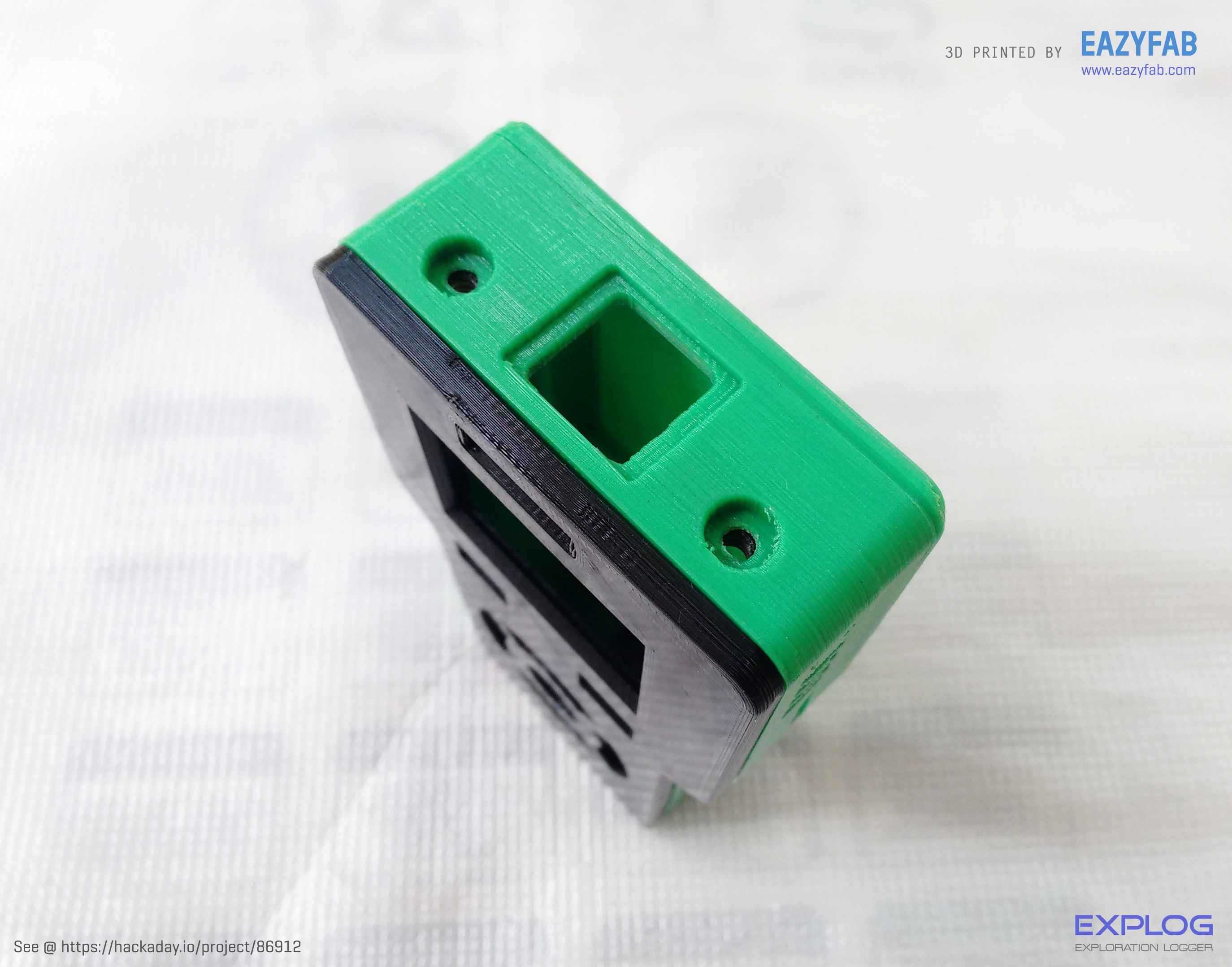

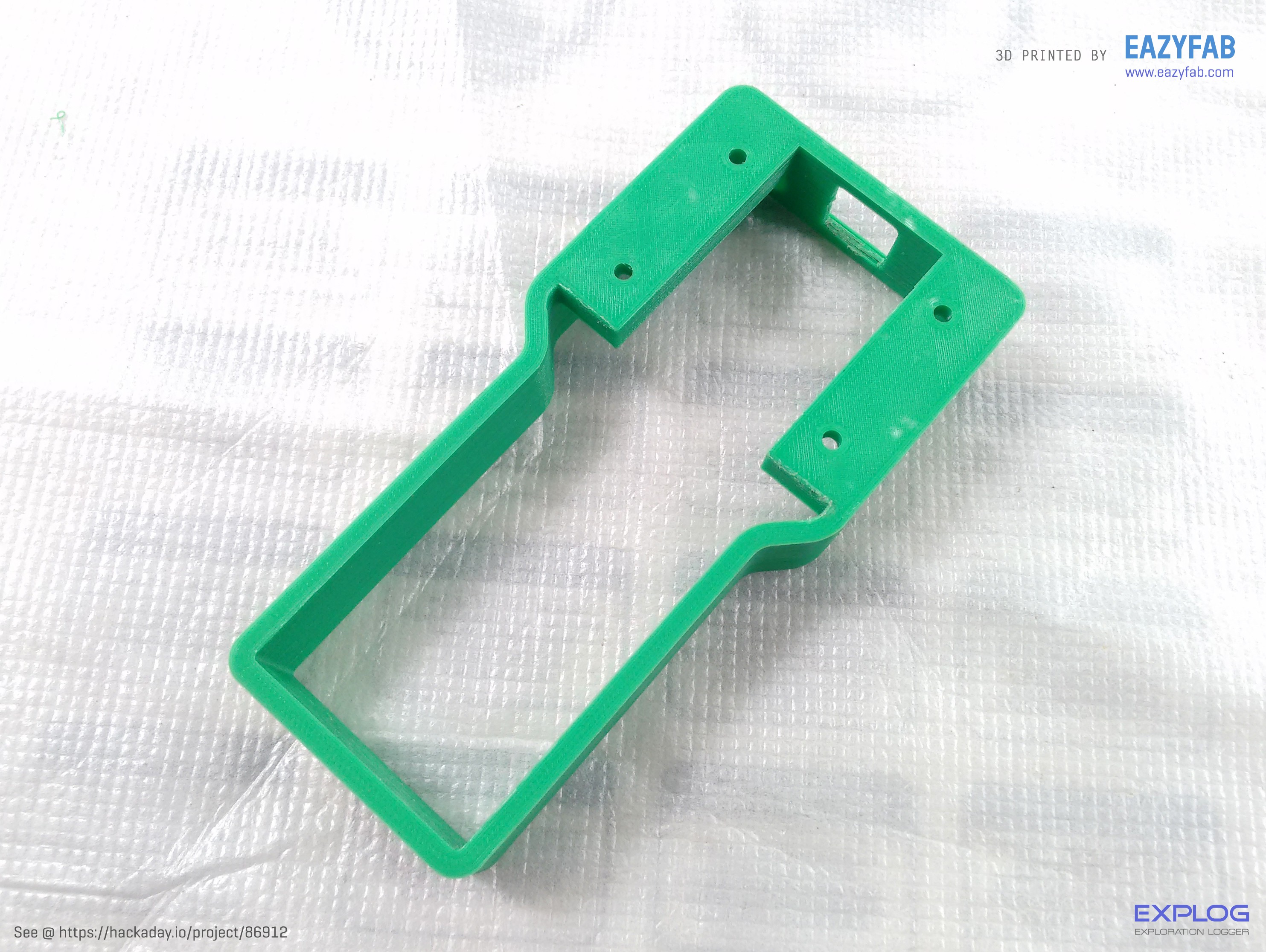
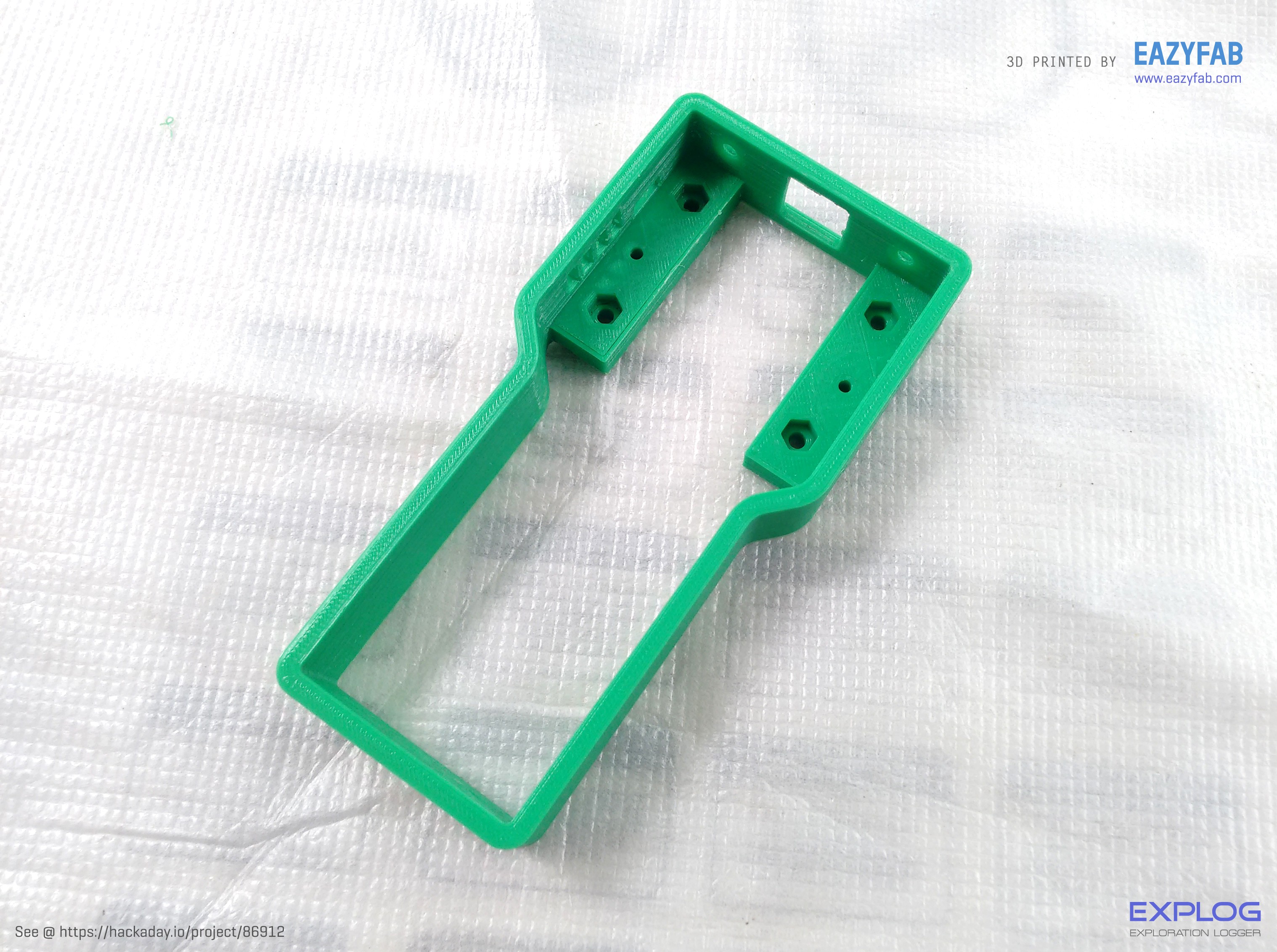




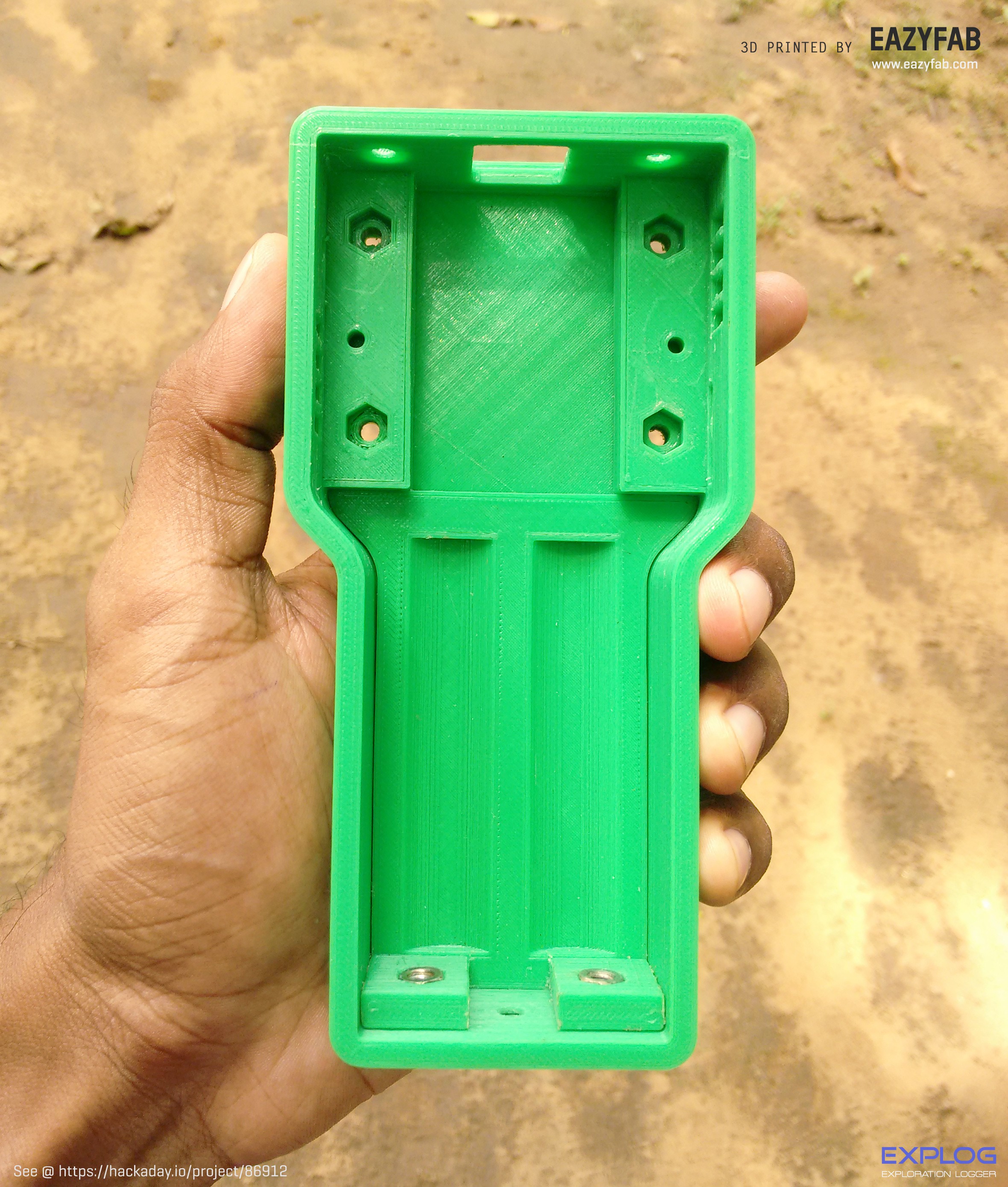
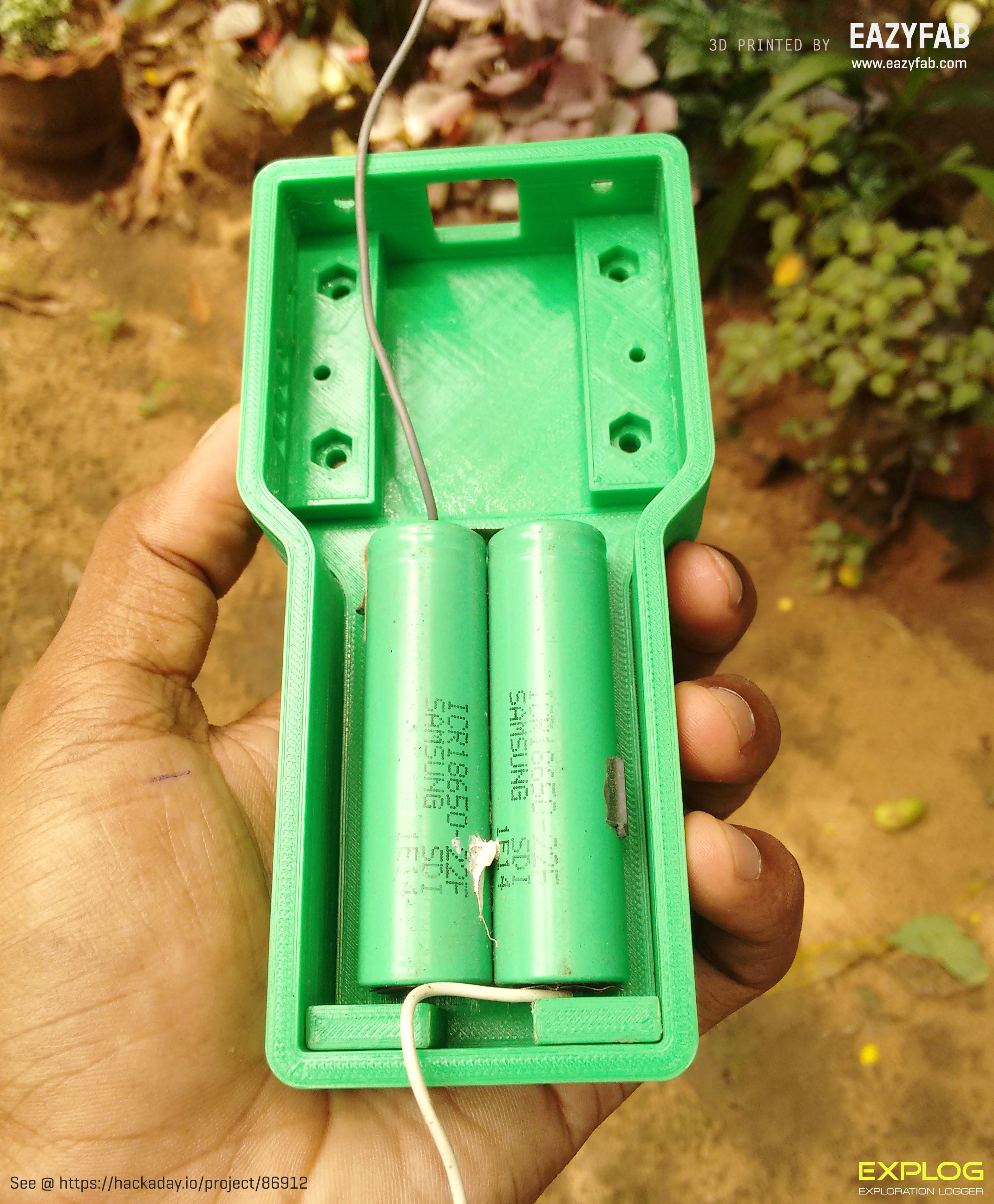

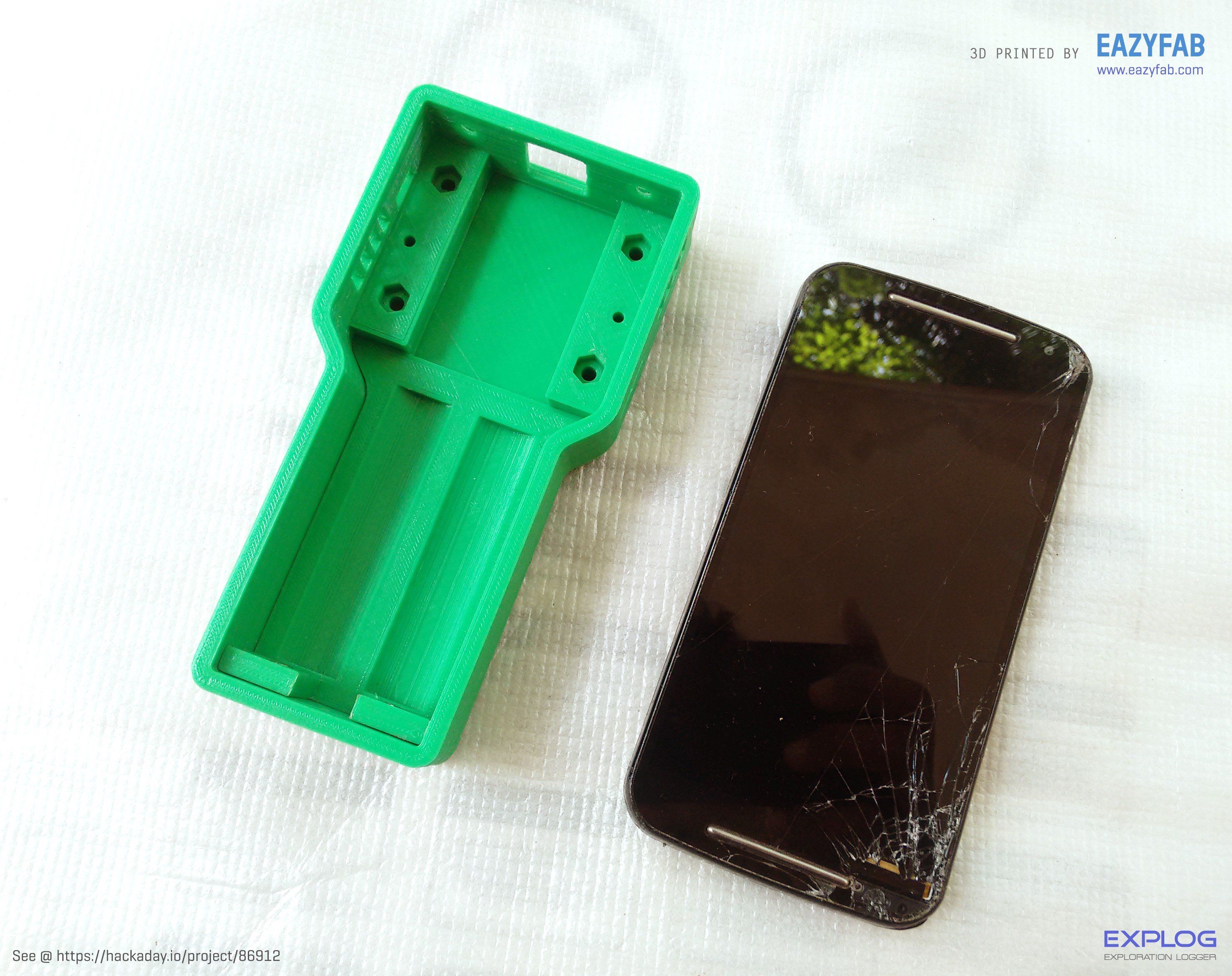
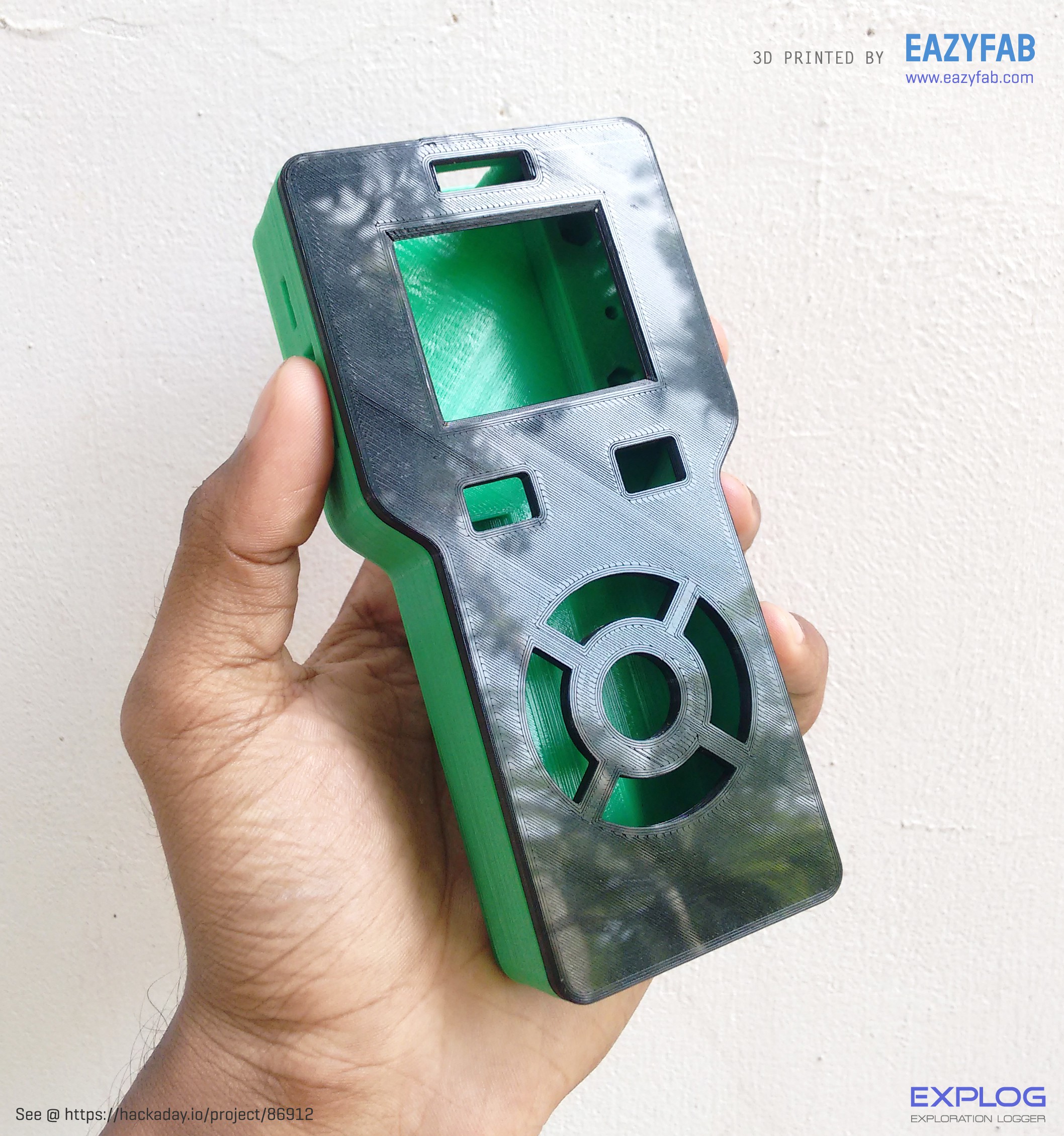

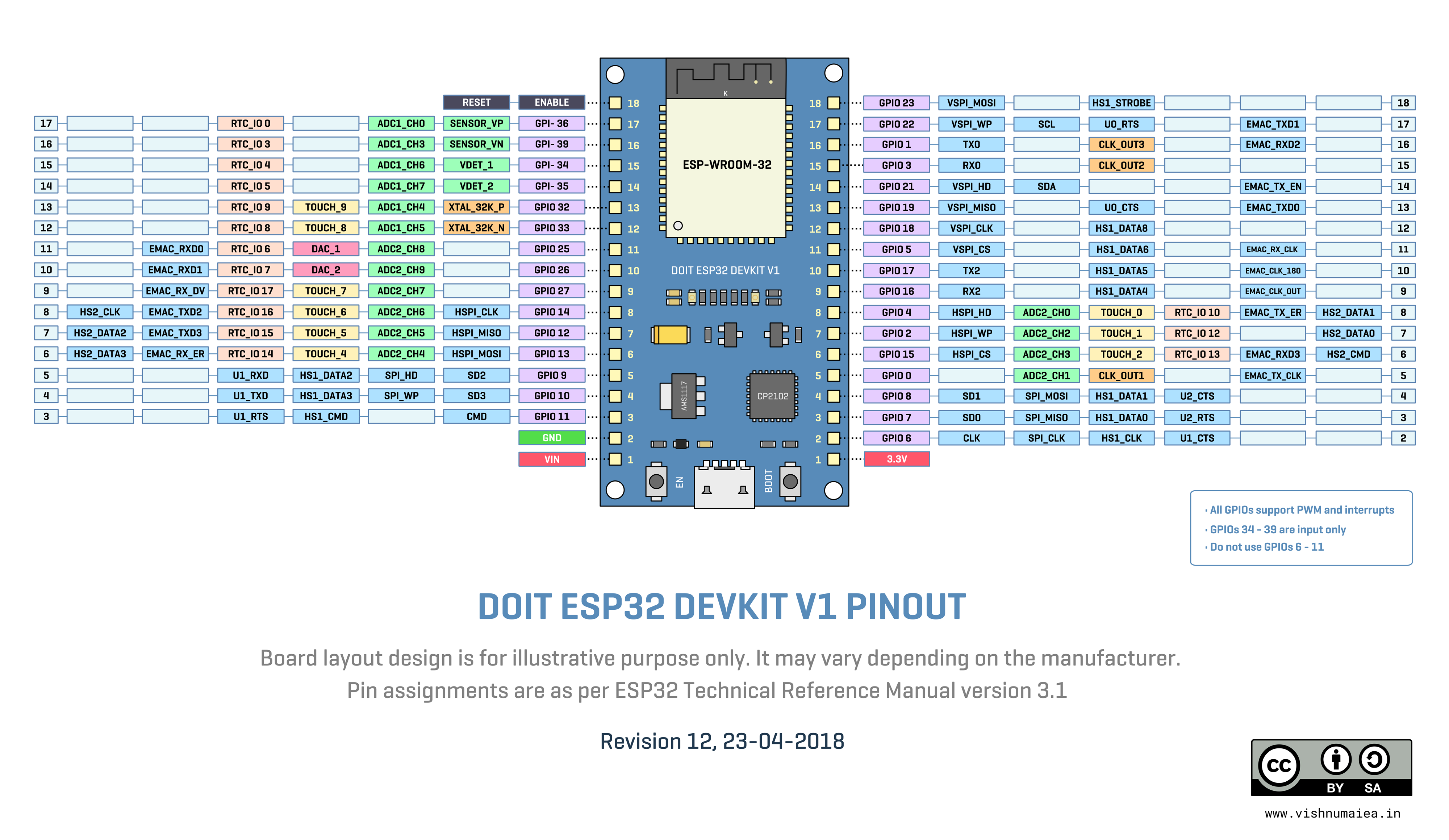










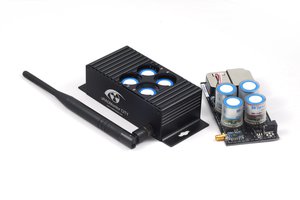
 Radu Motisan
Radu Motisan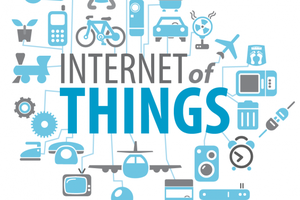
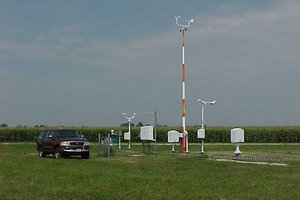
 sparks.ron
sparks.ron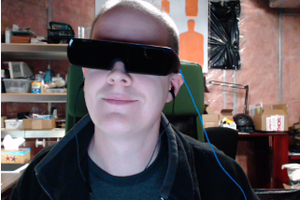
 Minimum Effective Dose
Minimum Effective Dose
Awesome brw